Dadaism – The Negation Of Art At Its Finest
by David Fox
As a reaction to World War I, a little something called Dada – the artistic and literary global movement – arose in 1916 in Zurich, Switzerland. The name came during a clandestine meeting when two German poets stuck a paper knife into a French-German dictionary.
In that clearly inspired moment, the word “dada”, which in French means “hobbyhorse”, was randomly chosen. It echoes the first words of a child, and these associations with childishness appealed to the artist, who wanted to create distance between themselves and conventional society.
And – guess what? It worked!
Before we get into the history of Dada, here is a more recent clip to show you, in case you already had doubts, that it isn’t exactly a long-forgotten art movement.
Origins Of Dada
In the night club Cabaret Voltaire in Zurich, poet Hugo Ball brought together artists who, through the absurd and idea of coincidence, fought against logic and reason.
Dada is a new tendency in art. One can tell this from the fact that, “Until now, nobody knew anything about it, and tomorrow everyone in Zurich will be talking about it.”

With those perplexing words, Ball presented his Dada Manifesto on the first public Dada party.
Soon enough, rebellious ideas of Dadaism had spread through Europe.
Key figures in the movement included Hugo Ball, Tristan Tzara, Hans Arp, Raoul Hausmann, Hannah Höch, Francis Picabia, Richard Huelsenbeck, George Grosz, John Heartfield, Man Ray, Hans Richter, Max Ernst, among others.
Dadaist performance brought down the boundaries that separated the different art practices, because visual artists, musicians, writers, poets and actors worked together to propagate these absurdist notions.
Senselessness for these artists has become a tool which were supposed to shake the audience out of its bourgeois serenity and conventional ways of thinking.
Artists attacked the rational-minded, which they blamed for being the cause for creating a “deviant” people who are responsible for the horrors of war.
“Dada is not modern at all, it is rather a return to a quasi-Buddhist religion of indifference. Dada puts an artificial sweetness onto things, a snow of butterflies coming out of a conjurer’s skull. Dada is stillness and does not understand the passions.” -Tristan Tara
Dada movement wanted to overthrow the political, moral and aesthetic values of the society and that through anarchy bring down bourgeois order.
Through the nonsense artists hoped that they would produce a tabula rasa (blank slate) and, on the way, set a new foundation for understanding the society and the world around it.
“We had lost confidence in our culture. Everything had to be demolished. We would begin again after the tabula rasa.” – Marcel Janko
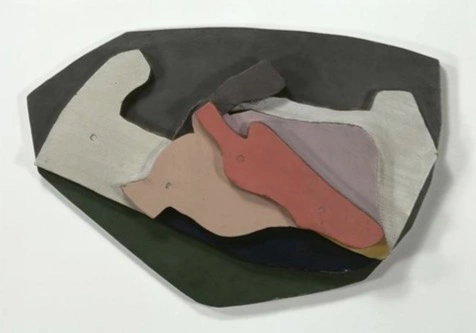
Have a look at this piece, called “Relief Concert” by Jean Arp, who is one of the best-known Dadaist visual artist, famous for his abstract collages…
How To Write Dada Poem
Dadaist songs were written by pulling words out of a hat. The artists recite their poems, in unusual primitive cardboard costumes and masks, accompanied by arrhythmic drum strokes.
Sometimes the different verses of a poem simultaneously were read in the same language or the one song were read in several languages in the same time.
The point was in the random intertwining of words.
If you want to see how Dada performances looked like, but also to hear the recitation of Dadaist If you are inspired, you can also write your own Dadaist poem by recipe of Tristana Tzare:
Take a newspaper.
Take a pair of scissors.
Choose an article as long as you are planning to make your poem.
Cut out the article.
Then cut out each of the words that make up this article and put them in a bag.
Shake it gently.
Than take out the straps one after the other in the order in which they left the bag.
Copy conscientiously.
The poem will be like you.
And hire are you a writer, infinitely original and endowed with sensibility that is charming though beyond the understanding of the vulgar.
To this day, artists are still using methods like this to influence their art. It might be said that English recording artist Radiohead’s early 2000’s album Kid A is a product of dadaist thought, since they apparently wrote the lyrics by tossing words and phrases into a hat.
If you listen closely to the words, you can even tell…
Dadaism in Berlin – Spirit of Dada
Ok, where were we? After the war ended (WW1), many artists left the Zurich and Dada in this city was extinguished.
In Germany, the consequences of the war had led to class conflict in 1919 which were initiated by communists.
In post-war Berlin, Dada became less anti-art and adopted a more political stance.
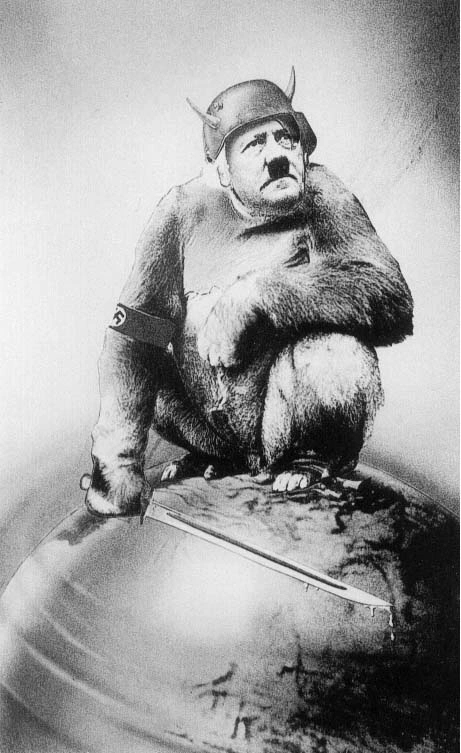
Artists were political activists, and they created the political art statements. Some of them, such as George Grosz and John Heartfield were members of the Communist Party.
Raoul Hausmann was known as a leader of the Berlin Dadaists, and was most recognizable for his use of language and photo montage. Those works are a visual counterpart to the Dada sound-poems that were heard at the Cabaret Voltaire.
Also, in his work, we see a new approach to experiencing the sculpture.
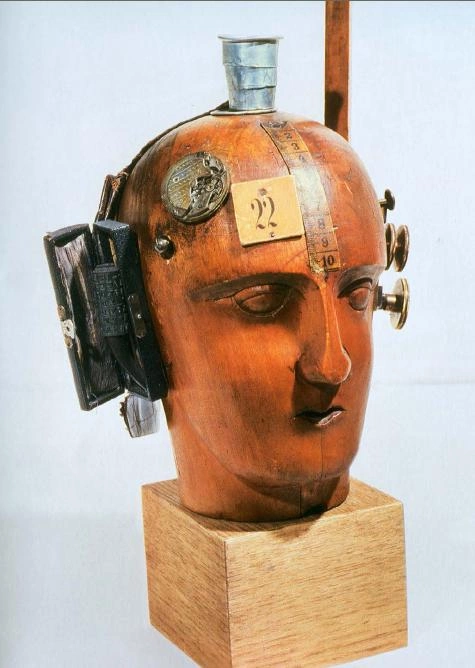
He has been collecting various items that were considered as garbage and merged them into a new relationships through which he sent a message about condemnation of materiality, and the loss of personal identity and individuality.
Freud’s Theory Of The Unconscious As Inspiration
Dada in Cologne looked up to the Berlin movement but was never quite so political.
Freud’s theories of the unconscious intrigued artists who were drew into their works figures from the mechanical, and human forms.
Max Ernst through dream theories investigate his deep psyche in order to explore the source of his own creativity.
He organized exhibition in one pub in Cologne (because The Association Of Artists refused to present his work) and encouraged visitors to smash up certain exhibits and provided them with a hammer to do so, enlisting their participation in the anti-art spirit of Dada.
Bitter much?
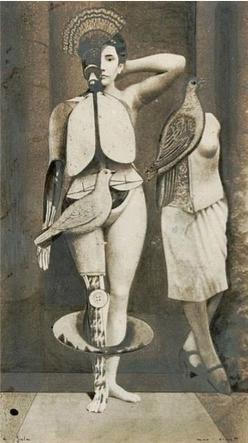
Across the Ocean – The New Dadaists
New York was popular center for artistic exiles during the war. Dadaism movement was formed around Marcel Duchamp and Francis Picabia. At that time, the word dada is never used to describe their art.
It was later applied because their spirit was similar to one which was conceived in Zurich.
New York Dada was quiet, without such political activism. It was focused on a reconsideration of art’s essence. Importantly, it was carefree and funnier then European Dadaism, which is observed on the humanoid machines in Picabia’s paintings.
The highlight of the Dada movement in New York is Duchamp Fountain. He took over items from everyday life and put them into new contexts, which are provocative and which raise the question, “What is art?”
This unassuming urinal, filtered through Duchamp’s Dadaist eyes, became artwork and statement of mocking conventional fountains, which is generally perceived as a symbol of tradition and fine arts.
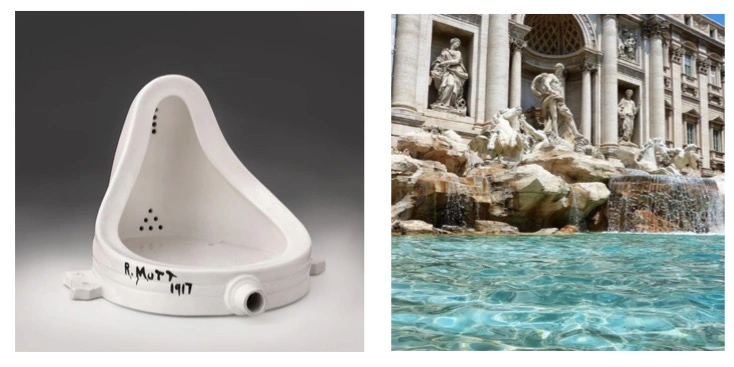
Dada was (is) a form of artistic anarchy that challenged the social, political and cultural values of that time. Do you qualify as a torch bearer of the Dadaist spirit? Read the following phrases either aloud or to yourself, and decide if you want to align yourself with the movement.
No one has to know, do they? Just you and us.
Dadaism denies art.
Dadaism denies itself.
Dadaism is nothing!
We leave you with this…
“DADA, as for it, it smells of nothing, it is nothing, nothing, nothing.” – Picabia

About David Fox
David Fox is an artist who created davidcharlesfox.com to talk about art and creativity. He loves to write, paint, and take pictures. David is also a big fan of spending time with his family and friends.
Leave a Reply
 |
 |
 |
 |
Just Art and Fun
Now get FREE Gifts. Or latest Free phones here.
Disable Ad block to reveal all the secrets. Once done, hit a button below
 |
 |
 |
 |